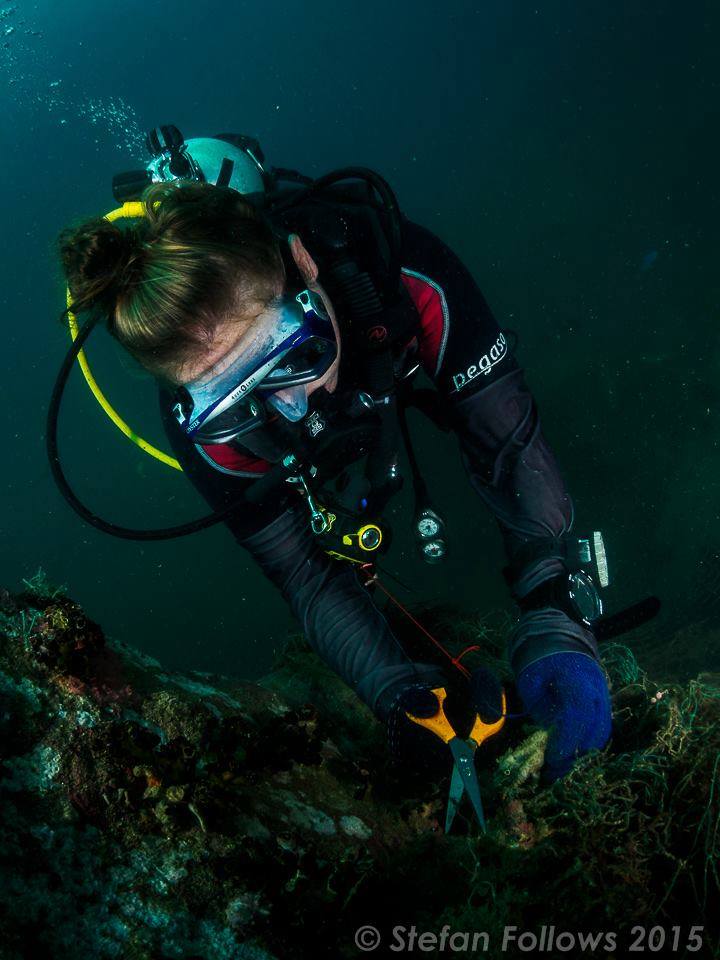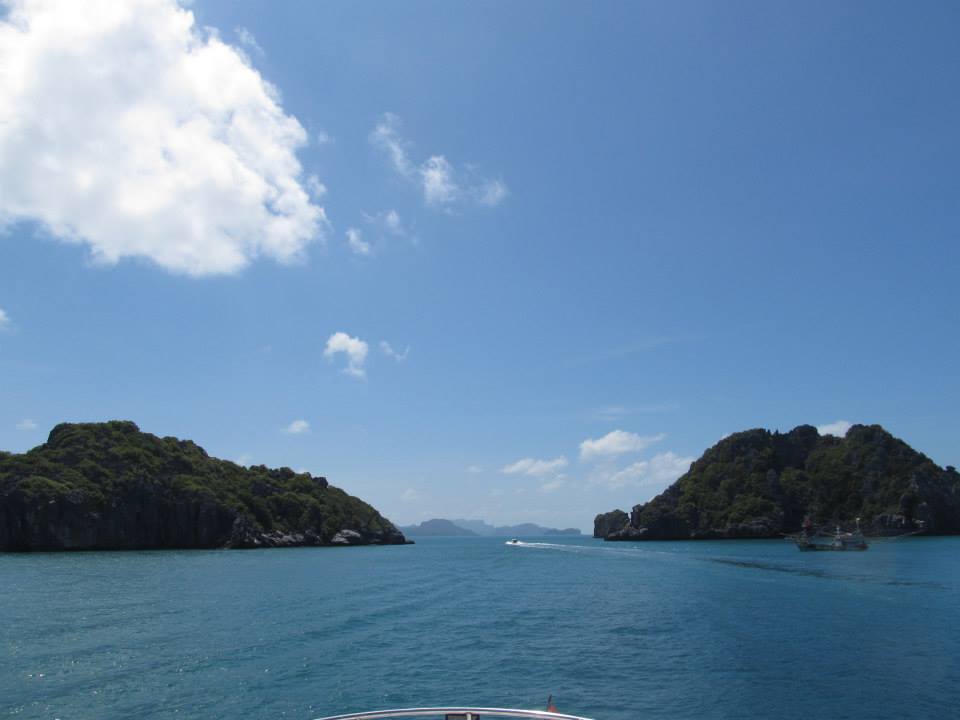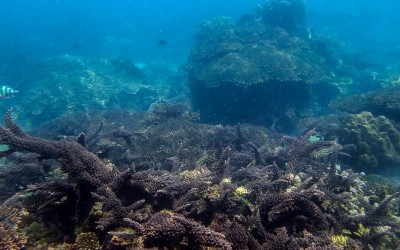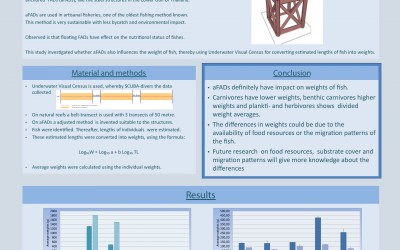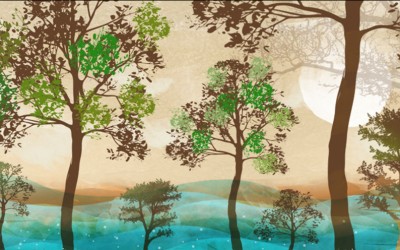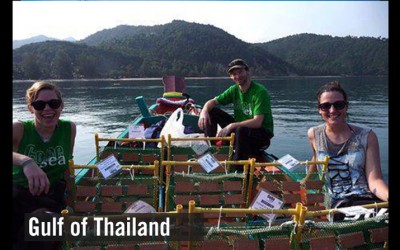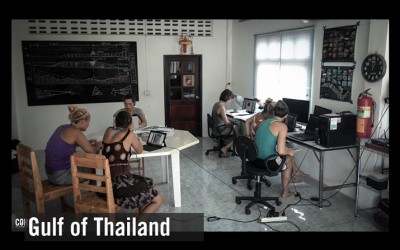The coastal zone is a very dynamic place, because it is influenced by so many different factors. Like, waves, tides, currents, river discharge, changing sea levels, sinking and rising of the land and of course those pesky humans you see everywhere. But this also means that the coastal zone is a very interesting place with lots of stuff happening in it.
The one thing that everybody knows about the coastal zone is of course the corals reefs. Such an important area with 25% of all fish found in these reefs. But also a very delicate place with so many different factors destroying them. Because there are so many fish in coral reefs fishermen just love ‘em. This on its own isn’t a problem, as long as it’s done sustainably. The trouble begins when the BIG companies show up and destroy it all with their nets or lose their nets on top of the reef. As you can imagine this isn’t very ideal for the corals.
Then we have tourists standing on corals, just because they don’t know any better. They break off little bits of them, which can take years to grow back. And very slowly are even able to change the shape of a colony.
And it’s not just people who destroy the reefs, but also events like the El Niño which can cause mass bleaching events. Like I said, delicate.
An estuary is another coastal ecosystem and one of my favourites. An estuary is located between the mainland and barrier islands and is where the fresh river water meets the salty ocean water. Thanks to the tides this water is constantly mixing, sometimes being saltier than other times and vice versa. It is a very stressful environment, which means that there isn’t a high variety in species.
Until not too long ago people thought that with the constant mixing, estuaries would get flushed daily, leaving them clean and pure. Sadly this isn’t true, estuaries have a limited capacity to absorb pollutants. They are even able to trap and store pollutants.
The many stresses that estuaries face, like, pollutants, flood control causing less fresh water to enter, storm water bringing in extra debris, chemicals and sediment and non-treated sewage bringing in viruses, bacteria and parasites make it even more difficult for the already low variety in species to survive this dynamic ecosystem.
To be able to manage areas like these, and many more, you don’t only need to understand these biological and ecological processes, you also need to understand all the laws around them and understand who the stakeholders are and what they want and need. Once you understand both sides of the story you can become a bridge between the two and make decisions that are in everybody’s best interest. Then we have happy companies, biologists, politicians and tourists. This is the key point to Coastal Zone management.
Sources:
Invitation to Oceanography, Paul R. Pinet, 2013
http://water.epa.gov/type/oceb/nep/challenges.cfm
Buy cool Apparel
Support us, buy cool stuff
Join the team
make a difference
Learn more
About the Oceans
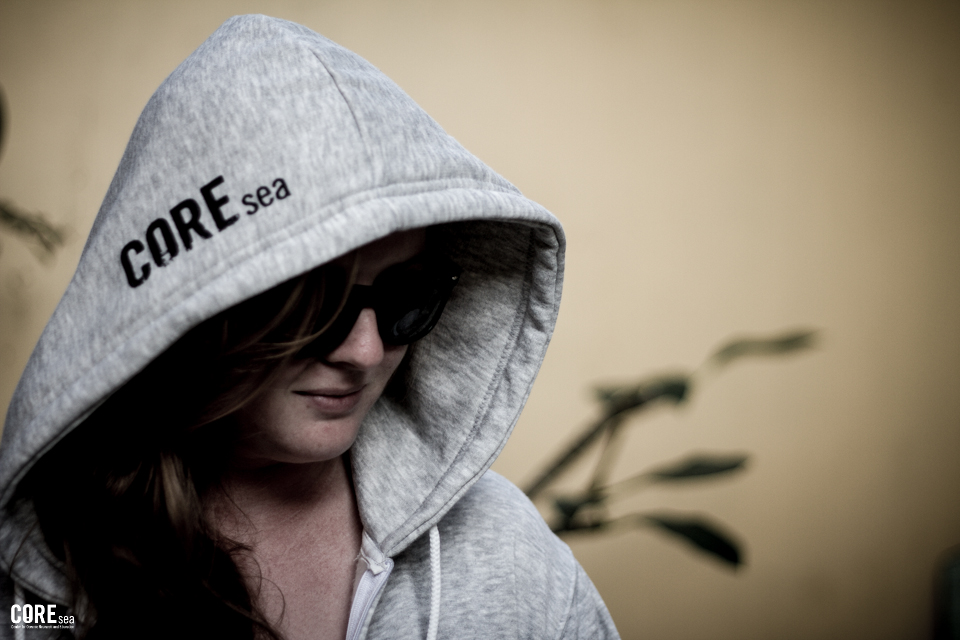
Ellie Branton
Author
Ellie studies Integrated Coastal Zone Management at the Van Hall Hogeschool in Leeuwarden, Netherlands. She joined us for an Internship from September 2014 to February 2015, and is currently developing an app together with other interns and our technical team, while getting her Bachelor’s degree.
Browse other Articles
Simulation of overfishing and eutrophication
The biggest factors threatening coral reefs today are considered to be overfishing and high nutrient levels from untreated sewage. Ines simulated that by adding fertilizer, and excluding herbivore fish with a nifty cage design. See the...
Influence of aFADs on the weight of fishes
Artificial Reefs are man-made structures replicating the properties of natural features. They are used to restore coral reefs, but they are also known for their fish aggregating behavior. This feature makes them an important tool to...
Sunken Treasure
Reproduced with permission from Author. Originally published on custommade.com Underwater Timber Stands the Test of Time When people think of timber harvest, Paul Bunyon in SCUBA gear is not the first image that comes to mind....
The catch-22 of Sea Food: Ghost Nets
Sea food tastes great, but it leaves people like Rebecca Lehmann with quite a mess to clean up. Read her article on a ghost net removal below. It was an early 7 AM start as we head out to Samran Pinnacle. After the necessary coffee infusion, we packed our gear, tanks,...
About the state of health of the Gulf of Thailand (5)
In situ simulation of eutrophication and overfishing in a coral reef of Koh Phangan, Thailand - Effects on sediment surface parameters - Soureya Becker (MSc.) ABSTRACT The Gulf of Thailand is a highly under-investigated area that experiences increases in anthropogenic...
About the state of health of the Gulf of Thailand (4)
Ines Stuhldreier (MSc, PhD candidate) In 2012 I had the pleasure to spend 4 months on the beautiful island Koh Phangan in the Gulf of Thailand, to enjoy the stunning under-water-world, hang out on tropical beaches, meet awesome people, eat looooots of good Thai food,...
